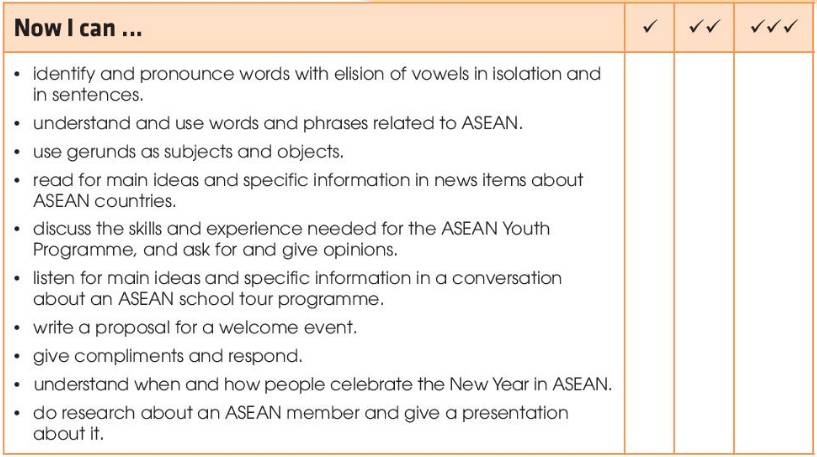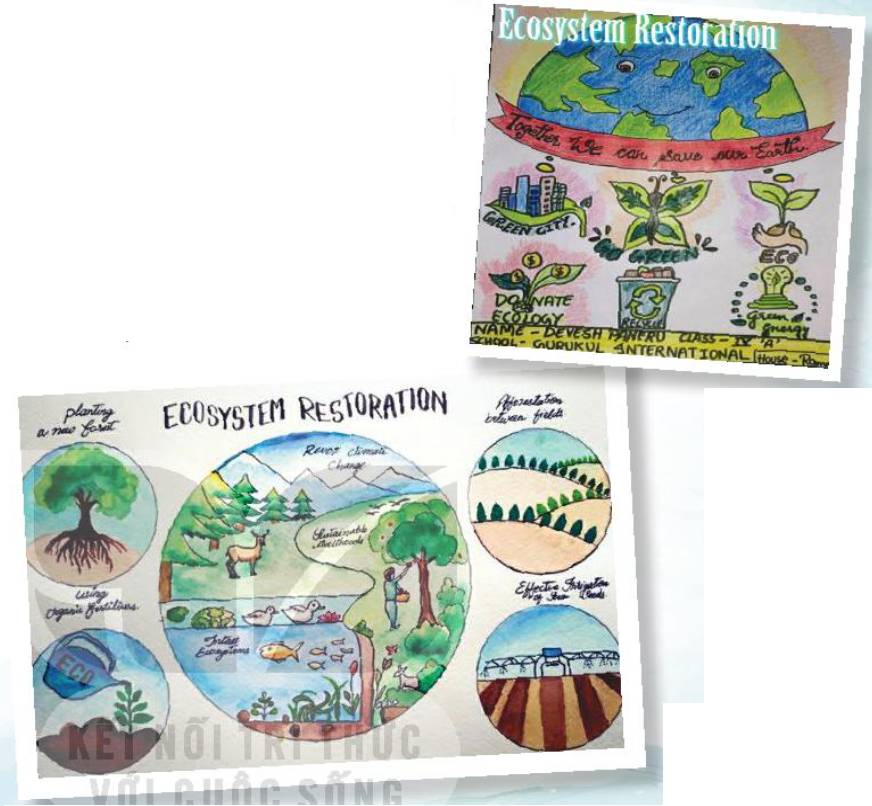Read the passage carefully and choose the correct answer. If you want to go to a university, you usually apply during your last year at school, when you are 17-18. You can apply to study at any university in Britain and most people choose a university that is not in their own town. So, university students usually live away from home. Students get a grant from the government to study. At the beginning of your last year at school, you receive an application form. On this form you choose up to...
Đọc tiếp
Read the passage carefully and choose the correct answer.
If you want to go to a university, you usually apply during your last year at school, when you are 17-18. You can apply to study at any university in Britain and most people choose a university that is not in their own town. So, university students usually live away from home. Students get a grant from the government to study. At the beginning of your last year at school, you receive an application form. On this form you choose up to five universities that you would like to go to. The form is sent to those universities with information from your school about you and your academic record. If the universities are interested in your application, they will ask you to attend an interview. If they are still interested after the interview, they will offer you a place. Any offer, however, is only conditional at this stage. Applications and interviews take place several months before students do their A-level examinations. These are the exams that you do at the end of your time at school. So, when a university makes an offer, it will tell you the minimum grades that you will have to get when you do your A-level exams. If you don’t obtain those grades then, you will not be able to get the place. It will be offered to someone else and you must apply again to another university. You don’t have to accept your place immediately. Some students don’t want to go straight from school to university. So, after they have taken their A-level, they take a year out to work or travel.
Question: If the university is interested in the application, _____.
A. the student will be offered a place
B. the student will have to attend an interview
C. the student will go straight to the university
D. the student will take an A-level examination











Cultural heritage is imperative. Culture is what defines us and what separates us from animals. To preserve the artifacts of our history for those that will come after us is a difficult task. There are many possible ways of doing so; in this essay, I am going to discuss two of them.
One way is to increase the budget of museums. This would allow them to become better equipped with tools that could be used to preserve their exhibits. It would also allow them to enrich their exhibition. However, museums may well become just another form of entertainment for young people, not teaching them why it is important to care about our history.
Another idea is to educate the young on the matter. This could make them do the job when we have long been gone. This may not give immediate results, but it would certainly be effective when looking at the problem in the big picture. We cannot forget that organizing an effective program can prove to be difficult to be implemented.
I trust the second option represents the approach that should be chosen. After all, history is about long-term solutions, and what future generations will do is just as important as our actions. Turning museums into pure entertainment, which is what might happen if the method mentioned in the second paragraph is applied, will render them devoid of the function we expect them to have.